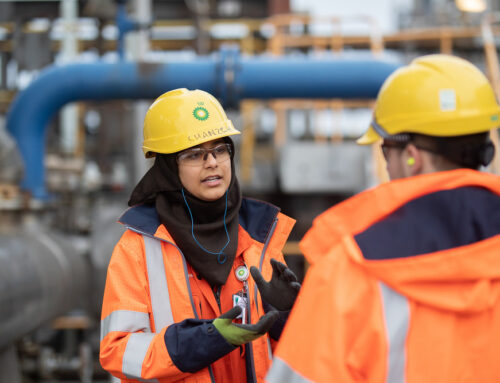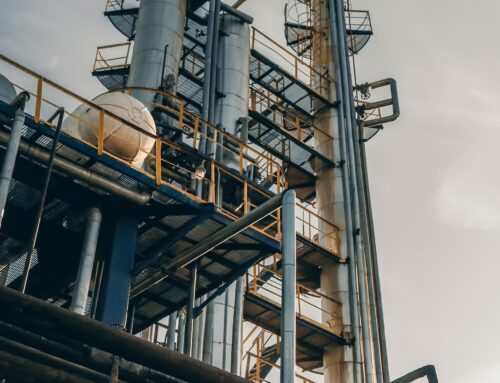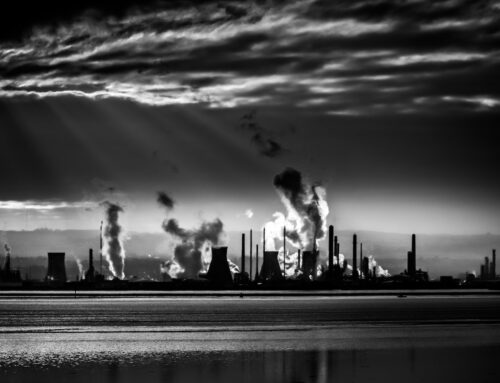Petrochemicals play a vital role in our everyday lives, serving as key building blocks for a variety of products such as plastics, rubber, textiles, pesticides, pharmaceuticals, and more. However, the production of petrochemicals also contributes significantly to greenhouse gas emissions, leading to climate change and environmental degradation. In the fight against global warming, carbon capture technologies have emerged as crucial solutions to mitigate these harmful impacts.
The Role of Petrochemicals
Petrochemicals are derived from fossil fuels and are formed through various refining processes. They have become an essential part of modern manufacturing and are utilized across numerous industries worldwide. However, as carbon-intensive compounds, the production of petrochemicals releases substantial amounts of carbon dioxide (CO2) and other greenhouse gases into the atmosphere.
Understanding Carbon Capture Technologies
Carbon capture refers to the process of capturing and storing CO2 emissions generated from various industrial activities, including petrochemical production. Different carbon capture technologies have been developed to minimize the release of CO2 into the atmosphere, mitigating climate change impacts.
1. Post-Combustion Capture
Post-combustion carbon capture is widely considered one of the most promising technologies. It involves capturing CO2 emissions after fossil fuels are burned for energy generation. The captured CO2 is then stored in deep underground geological formations or utilized for enhanced oil recovery.
2. Pre-Combustion Capture
Pre-combustion capture involves converting fossil fuels, such as natural gas, into syngas before combustion. The syngas is then converted into hydrogen and CO2. The CO2 is separated, captured, and stored while hydrogen is utilized as a cleaner energy source.
3. Industrial Process Capture
Industrial processes, including petrochemical production, contribute significantly to CO2 emissions. Various methods such as solvent-based or membrane-based separation processes are used to capture CO2 emitted during these industrial activities. The captured CO2 is either stored or utilized for various purposes, including the production of chemicals or other beneficial materials.
Benefits and Challenges
Implementing carbon capture technologies in the petrochemical sector brings several benefits. Firstly, it helps reduce greenhouse gas emissions, thus combatting climate change. Additionally, carbon capture and storage techniques can enable the industry to achieve greater sustainability and meet emission reduction targets. Furthermore, captured CO2 can be utilized for enhanced oil recovery or transformed into valuable products, fostering a circular economy.
However, there are also challenges associated with carbon capture technologies. The cost of implementing and maintaining these systems remains high, hindering widespread adoption. Moreover, ensuring the safe and secure storage of captured CO2 in geological formations requires diligent monitoring and assessment to prevent leakage back into the atmosphere.
Conclusion
Petrochemicals are essential for various industries but contribute significantly to greenhouse gas emissions and climate change. To address these challenges, carbon capture technologies provide viable solutions by capturing and storing CO2 emissions from petrochemical production. While these technologies offer promising benefits, overcoming the associated cost and storage challenges is crucial for their wider implementation. By integrating carbon capture technologies, the petrochemical industry can progress towards a more sustainable and environmentally responsible future.





